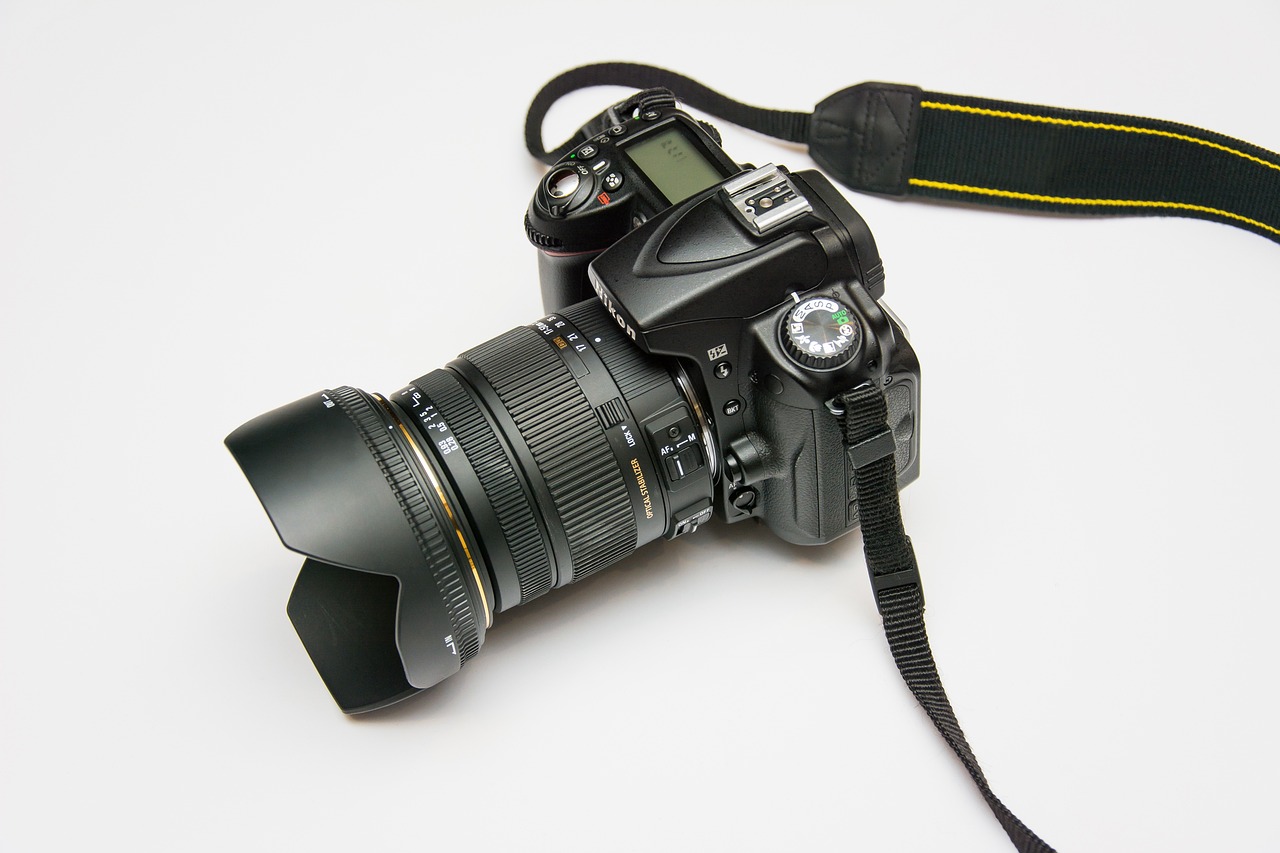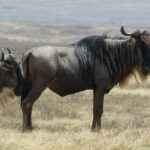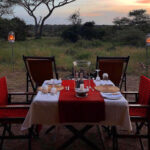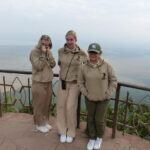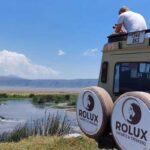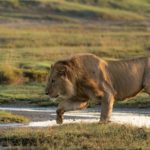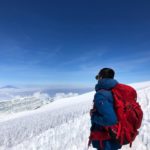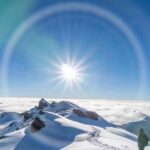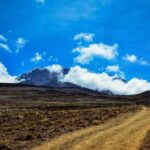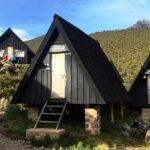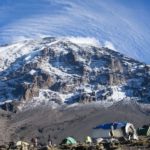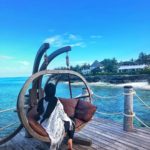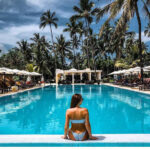- Best Cameras: Canon EOS 90D, Nikon D850, Sony Alpha a7 III
- Best Lenses: Telephoto lenses (100mm-600mm), Wide-angle lenses (14mm-35mm), Zoom lenses (24-70mm or 70-200mm)

Best Cameras for African Safari Photography Recommended by Rolux Safaris & Trekking
Rolux Safaris & Trekking highly recommends DSLR cameras for African safari photography. These cameras are known for their fast focus and rugged build, perfect for the wild conditions. They are also excellent in low light, which is ideal for early morning or dusk wildlife sightings. Some popular models include the Canon EOS 90D and the Nikon D850. With these cameras, you can capture stunning, high-resolution images of animals in their natural habitat.
Mirrorless cameras are another great option for safari enthusiasts. They are lightweight and compact, making them easier to carry around. Despite their smaller size, they offer high image quality and impressive autofocus. Examples like the Sony Alpha a7 III and the Fujifilm X-T4 are both reliable choices. These cameras are perfect for quick shots of fast-moving animals.
Bridge cameras provide a balanced option for those looking for decent zoom abilities without changing lenses. They combine features from both DSLR and compact cameras. Models such as the Panasonic Lumix FZ300 and the Sony Cyber-shot RX10 IV are popular choices. They offer a good range of zoom and are user-friendly. This makes them a favorite for both beginners and experienced photographers.
For those wanting a mix of portability and performance, compact cameras are worth considering. Although they may not have the same level of versatility as DSLRs or mirrorless cameras, they offer convenience. A few recommended models are the Canon PowerShot G5 X Mark II and the Sony RX100 VII. These cameras are ideal for travelers who prefer minimal gear. Their compact size doesn’t compromise on capturing high-quality images of the diverse African wildlife.
1. DSLR Cameras: Ideal for Fast-Focusing and Rugged Use
DSLR cameras are designed to handle the rough conditions of an African safari. Their rugged build ensures durability and reliability in the wild. Additionally, their fast autofocus is perfect for capturing swift movements of animals. This feature is incredibly useful when trying to photograph elusive creatures like cheetahs or lions. With a DSLR, you won’t miss that perfect shot.
These cameras also offer exceptional image quality, which is essential for wildlife photography. They have large sensors that capture more detail and produce clearer images. This is especially important in low-light situations, such as early morning or late evening. Many DSLR models also have high-speed continuous shooting modes. This allows you to take a series of photos in quick succession, increasing the chances of getting the ideal shot.
Moreover, the flexibility of DSLR cameras is unmatched. They support a wide range of lenses, from wide-angle to telephoto. This flexibility allows photographers to switch lenses depending on the scene they want to capture. Whether you’re photographing a sweeping landscape or a close-up of a lion’s face, there’s a lens for that. This versatility makes DSLRs a top choice for safari photography.
When choosing a DSLR for your safari, it’s essential to consider weight and ease of use. Carrying a heavy camera for long hours can be tiring, so look for models with manageable weights. Some recommended models include the Canon EOS 90D and the Nikon D850. These cameras offer a good balance of performance and portability. Rolux Safaris & Trekking suggests these models for their reliability and excellent image quality.
2. Mirrorless Cameras: Lightweight and Compact with High Image Quality
Mirrorless cameras have become popular for safari photography due to their lightweight and compact design. They are easier to carry around, making them perfect for long treks in the wild. Despite their small size, they offer high-quality images, often matching or even surpassing DSLR cameras. This is largely due to advanced sensor technology. This makes them a smart choice for photographers who prioritize mobility.
One of the standout features of mirrorless cameras is their silent shooting mode. This is especially useful when photographing skittish wildlife that can be startled by a camera shutter. Another advantage is the electronic viewfinder, which gives a real-time preview of your shot. This helps in making accurate adjustments to exposure and composition. This feature enhances the shooting experience and results in better photos.
These cameras also offer impressive autofocus capabilities. They can quickly lock onto moving subjects, ensuring you capture sharp images. This makes them ideal for fast-paced safari environments where animals are constantly on the move. Some popular mirrorless models include the Sony Alpha a7 III and the Fujifilm X-T4. These models are known for their reliability and excellent performance in various lighting conditions.
When considering a mirrorless camera for your safari, look for weather-sealed models. This ensures the camera can withstand dust and moisture, common elements in the African savanna. It’s also beneficial to have a good selection of lenses. Many mirrorless cameras support a wide range of lenses, allowing versatility in your photography. Rolux Safaris & Trekking highly recommends these cameras for an unforgettable safari photography experience.
3. Bridge Cameras: A Balanced Option with Decent Zoom Abilities
Bridge cameras provide a great balance between the features of DSLRs and compact cameras. They are equipped with decent zoom capabilities, making them ideal for capturing distant wildlife. The fixed lens design offers convenience, eliminating the need to carry multiple lenses. This makes them a good choice for travelers who prefer simplicity. Additionally, bridge cameras tend to be more affordable than DSLRs.
Despite their lower price, bridge cameras often come with advanced features. Many models offer manual controls, allowing photographers to fine-tune settings for better shots. Features like built-in image stabilization help reduce blur from camera shake. This is crucial when zooming in on faraway animals. Bridge cameras also boast impressive burst shooting modes, enabling quick capture of fast movements.
Portability is another strong point of bridge cameras. They are generally lighter and more compact than their DSLR counterparts. This makes them easier to carry during long safari excursions. Some popular models, like the Panasonic Lumix FZ300 and the Sony Cyber-shot RX10 IV, are noted for their quality and ease of use. These cameras are designed to withstand the outdoor elements, ensuring durability.
The zoom range of bridge cameras is one of their biggest advantages. They can capture wide-angle landscapes and zoom in to focus on distant subjects without changing lenses. This versatility is particularly useful in safari settings, where subjects can be both near and far. The built-in zoom on bridge cameras often exceeds the capabilities of typical kit lenses on DSLRs. This allows for greater flexibility in photography.
For beginners or those who seek a straightforward option, bridge cameras are a great choice. They provide a user-friendly experience without sacrificing essential features. Modern bridge cameras often come with Wi-Fi connectivity, enabling easy sharing of photos. This convenience is perfect for travelers wanting to share their safari moments promptly. Rolux Safaris & Trekking suggests bridge cameras for their practicality and performance.
Top Lenses for Capturing Wildlife and Scenic Beauty on a Safari
Selecting the right lens is crucial for capturing the stunning landscapes and diverse wildlife of an African safari. A telephoto lens is essential for photographing animals from a distance. Lenses with focal lengths ranging from 100mm to 600mm are ideal. These lenses allow you to zoom in on distant subjects without disturbing them. This results in clear, detailed images of wildlife.
Wide-angle lenses are perfect for capturing the vast landscapes of the safari. They enable you to fit more of the scene into your frame, showcasing the beauty of the environment. Ranges from 14mm to 35mm work well for these types of shots. These lenses are especially useful during sunrise and sunset, capturing the dramatic skies. Including a wide-angle lens in your kit ensures versatility in your photography.
A versatile zoom lens can be a handy addition to your camera bag. Zoom lenses like the 24-70mm or 70-200mm offer flexibility in various shooting situations. They can handle both close-up and distant subjects, reducing the need to switch lenses frequently. This versatility is beneficial in safari conditions where quick changes are vital. The ability to quickly adapt to different scenarios makes these lenses a reliable choice.
For those interested in macro photography, a macro lens is essential. These lenses allow you to capture detailed close-ups of smaller subjects like insects and plants. Macro lenses typically have focal lengths between 60mm and 105mm. They provide a 1:1 magnification ratio, perfect for bringing out intricate details. This adds another dimension to your safari photo collection.
Consider using a prime lens if you prioritize image quality over flexibility. Prime lenses have a fixed focal length, meaning they can’t zoom in or out. However, they often provide sharper images and better low-light performance. Popular choices include the 50mm and 85mm lenses. These lenses are lighter and easier to carry, making them a good option for longer treks.
When packing for your safari, it’s important to balance the variety of lenses with their weight. Carrying too many heavy lenses can become tiresome. Therefore, selecting a few versatile and high-quality lenses can enhance your photography experience. Rolux Safaris & Trekking recommends considering your shooting preferences and objectives when choosing lenses. This ensures you capture the best possible images of your adventure.

Safari Photography LENS GUIDE (Choosing the right lenses for your next adventure!)
Conclusion
Choosing the right camera and lens is essential for capturing the stunning beauty and diverse wildlife of an African safari. With options like DSLR, mirrorless, and bridge cameras, photographers have tools that cater to various needs and preferences. Selecting high-quality lenses will enhance your ability to document every moment.
Whether you’re a professional or an enthusiast, the right gear can make all the difference. Investing in quality equipment ensures that your photographs truly reflect the magic of the African wilderness. Rolux Safaris & Trekking is here to guide you in making the best choices for an unforgettable photographic adventure.

